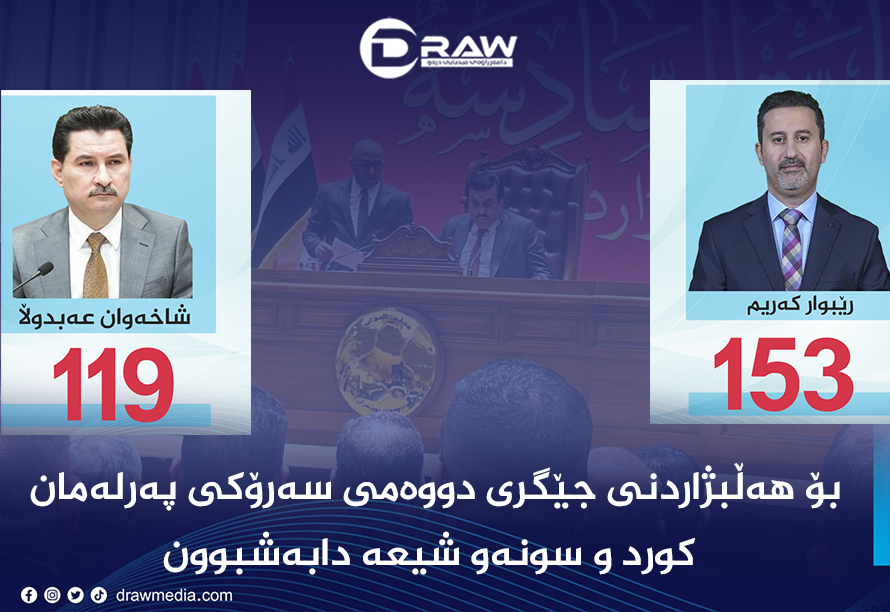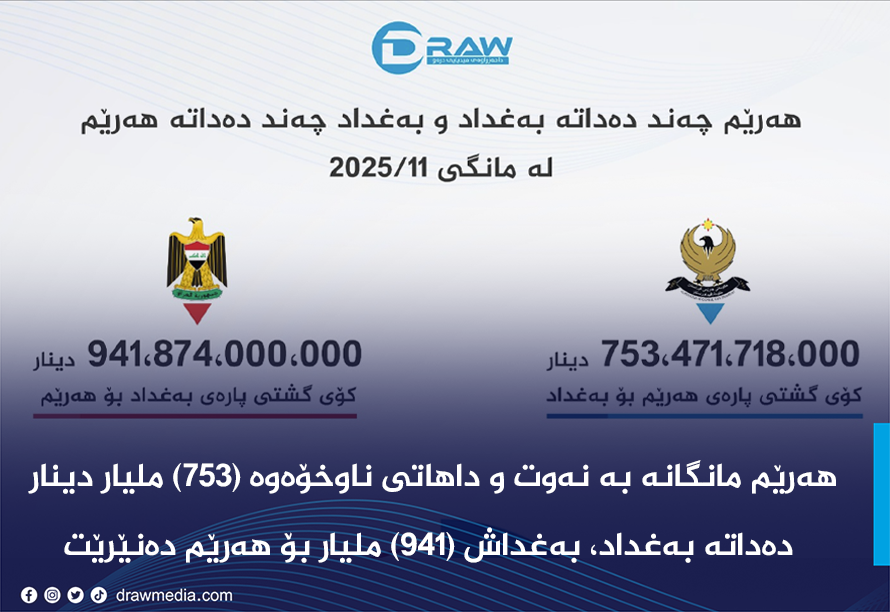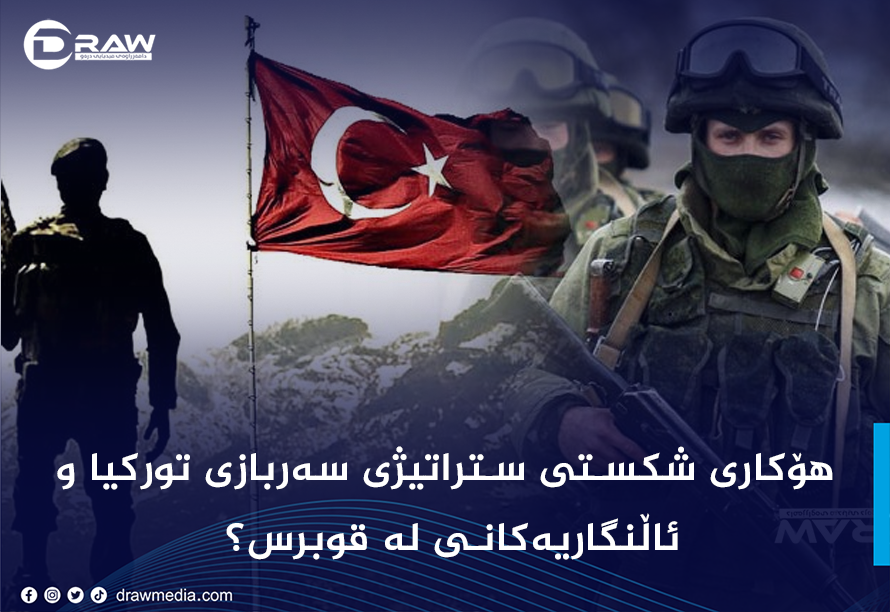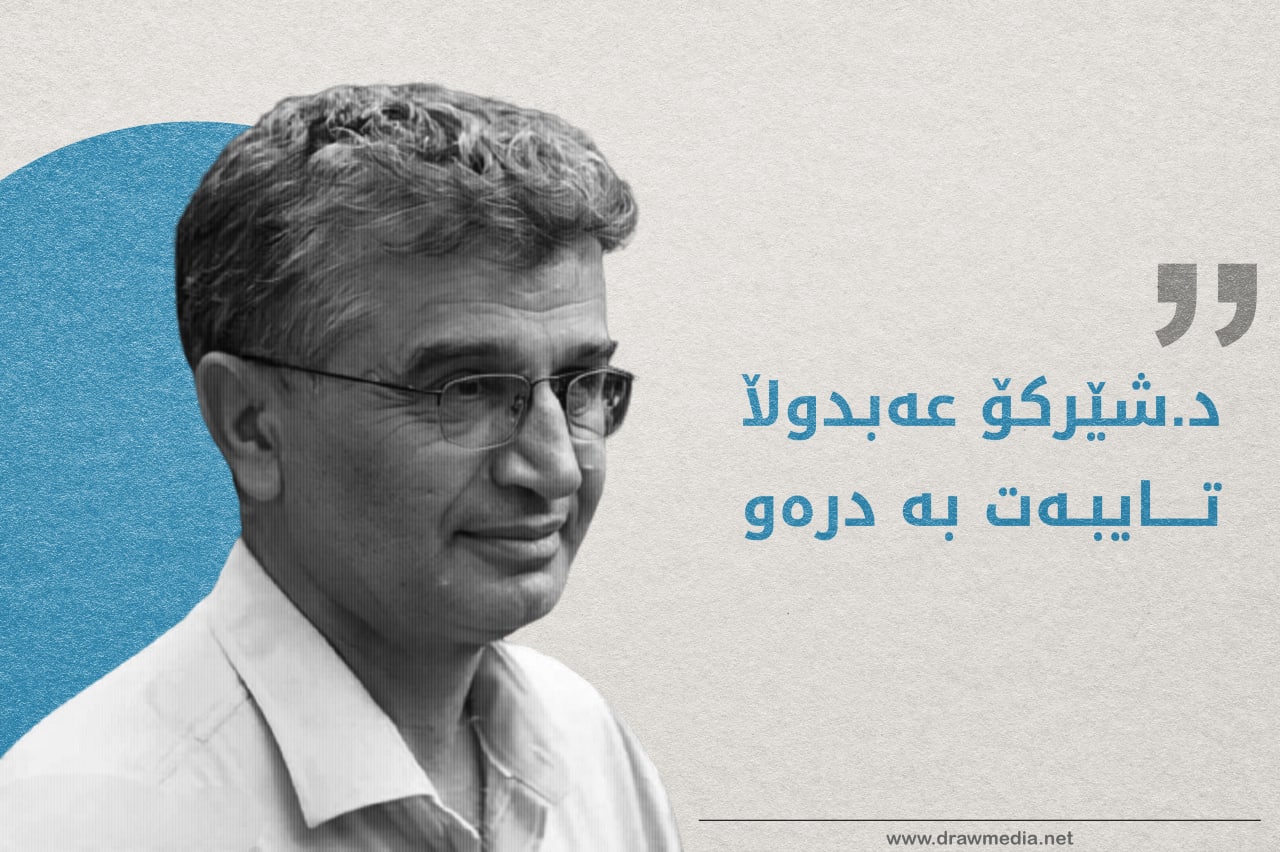Iraq’s General Elections (2005–2023)
.jpg)
2025-09-21 12:12:07
🔹 Iraq and its people are approaching their ninth general election since the regime change in 2003. After five parliamentary terms and three rounds of provincial council elections, the country is now heading toward the sixth parliamentary election, scheduled for November 2025.
🔹 Statistics show that voter turnout in Iraq has been declining after each election. For example, in the first parliamentary elections (January 2005), out of 15.5 million registered voters, 11.89 million participated — a turnout of 79%. But in the most recent parliamentary elections (2021), out of 22.1 million registered voters, only 9.6 million participated — 43.5% turnout.
🔹 Similarly, in the first provincial elections (2009), out of 14.6 million voters, 7.14 million voted (48% turnout). But in the most recent provincial council elections (2023), out of 16.2 million voters, only 5.6 million voted (41% turnout).
Introduction
Iraq is heading into its ninth general election since the 2003 regime change. After five parliamentary sessions and three provincial council elections, the sixth parliamentary election is scheduled for November 2025.
Political and security changes, along with citizens’ disillusionment with Iraq’s political system, have significantly impacted election results and voter turnout. Yet, dominant political blocs have managed to maintain enough popular bases to secure influence in forming governments. This has intensified political competition and deepened divisions between factions.
These elections were often marred by political and security crises that shaped their outcomes and government formation, while also fueling sectarian rivalries among Iraq’s political forces. Below is a summary of the eight major elections and trends in Iraqi voter behavior.
1. Parliamentary Election (2005)
The first election after the U.S.-led invasion was tied to the demand for a new political system. Shiite voters, long excluded from power, mobilized strongly, while Kurds consolidated their influence. Many Sunni leaders boycotted, viewing the process as illegitimate.
-
United Iraqi Alliance (led by Abdul Aziz al-Hakim): ~128–140 seats (over 4 million votes).
-
Kurdistan Alliance (KDP, PUK, others): 53 seats; Kurdistan Islamic Union: 5 seats.
-
Iraqi Accord Front (Sunni-led, Adnan al-Dulaimi): 44 seats.
-
Iraqiya List (Iyad Allawi): 25 seats.
-
Iraqi National Dialogue Front (Saleh al-Mutlaq): 11 seats.
2. Provincial Elections (2009)
The first provincial elections were held (excluding Kurdistan and Kirkuk). They followed years of sectarian war (2006–07).
-
State of Law Coalition (Nouri al-Maliki): 126 seats (~1.36m votes).
-
Shahid al-Mihrab List (Abdul Aziz al-Hakim): 52 seats.
-
Sadrist Trend: 43 seats.
-
Iraqiya (Allawi): 26 seats.
-
National Reform Trend (Ibrahim al-Jaafari): 23 seats.
-
Sunni forces collectively: 78 seats (various leaders: Tareq al-Hashemi, Saleh al-Mutlaq, etc.).
-
Kurdish parties: 20 seats.
-
Other groups: 72 seats.
This gave Maliki and his allies dominance, while Sunnis regained ground.
3. Parliamentary Election (2010)
Marked by nationalist, cross-sectarian campaigning.
-
Iraqiya List (Iyad Allawi): 91 seats (later reduced to 89).
-
State of Law (Maliki): 89 seats.
-
National Iraqi Alliance (ISCI, Sadrists, etc.): 70 seats.
-
Kurdistan Alliance: 43 seats.
-
Gorran Movement: 8 seats.
-
Kurdistan Islamic Union: 4 seats.
Despite Allawi’s win, Maliki retained power through post-election alliances.
4. Provincial Elections (2013)
Held amid protests, unrest, and security crackdowns under Maliki.
-
State of Law: 102 seats (~1.9m votes).
-
ISCI: 66 seats (~943k votes).
-
Sadrist Trend: 60 seats (~653k votes).
-
Mutahidun (al-Nujaifi): 35 seats.
-
Saleh al-Mutlaq’s Dialogue Front: 18 seats.
-
Kurdish List: 17 seats.
-
Iyad Allawi’s List: 16 seats.
-
Others: ~133 seats.
5. Parliamentary Election (2014)
Held during the ISIS rise. Soon after, Mosul and other provinces fell.
-
State of Law: 92 seats.
-
Sadrist “Ahrar” Alliance: 33 seats.
-
ISCI “Citizens’ Alliance”: 30 seats.
-
Mutahidun (Sunni): 23 seats.
-
National Coalition (Allawi): 21 seats.
-
Kurds: 64 seats (KDP 27, PUK 21, Gorran 9, KIU 4, Komal 3).
Despite his bloc’s win, Maliki was pushed aside; Haider al-Abadi became PM.
6. Parliamentary Election (2018)
First after ISIS defeat.
-
Sairoon Alliance (Sadristhe ts + allies): 54 seats.
-
Fatah Alliance (Hadi al-Amiri): 47 seats.
-
Nasr Alliance (Haider al-Abadi): 42 seats.
-
State of Law: 25 seats.
-
KDP: 26 seats.
-
Wataniya (Allawi): 21 seats.
-
Hikma (al-Hakim): 19 seats.
-
PUK: 18 seats.
-
Others: small blocs.
7. Parliamentary Election (2021)
Snap elections following the 2019 October protests.
-
Sadrist Movement: 73 seats.
-
Progress Party (Taqaddum, Halbousi): 37 seats.
-
KDP: 31 seats.
-
State of Law (Maliki): 38 seats.
-
Fatah Alliance (Amiri): 17 seats.
-
Azm Alliance (Khanjar): 14 seats.
-
Others: New Generation (9), independents, etc.
After Sadrists withdrew, seats were redistributed, Coordination Framework bloc consolidated ~130 seats.
8. Provincial Elections (2023)
First, since 2013, after the councils had been dissolved in 2019.
-
Nabni (We Build, Amiri): 43 seats.
-
State of Law (Maliki): 35 seats.
-
State Forces Alliance (al-Hakim): 23 seats.
-
Progress (Halbousi): 21 seats.
-
Sovereignty Alliance: 14 seats.
-
Decision (Tasmeem): 12 seats.
-
Azm: 10 seats.
-
Hasm National: 8 seats.
-
KDP: 6 seats.







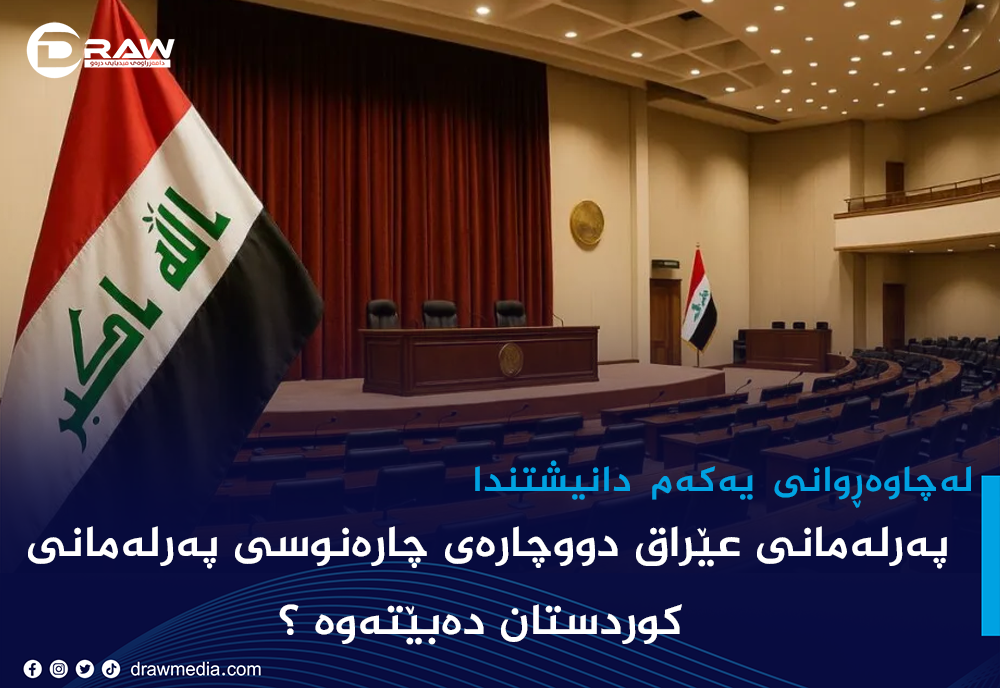


.png)
.png)
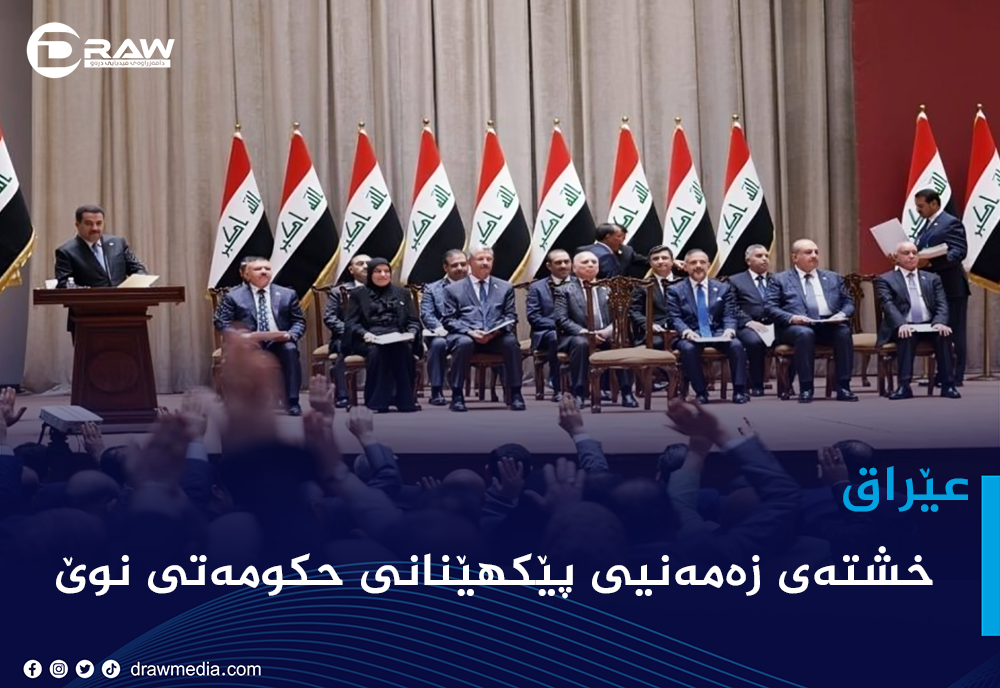


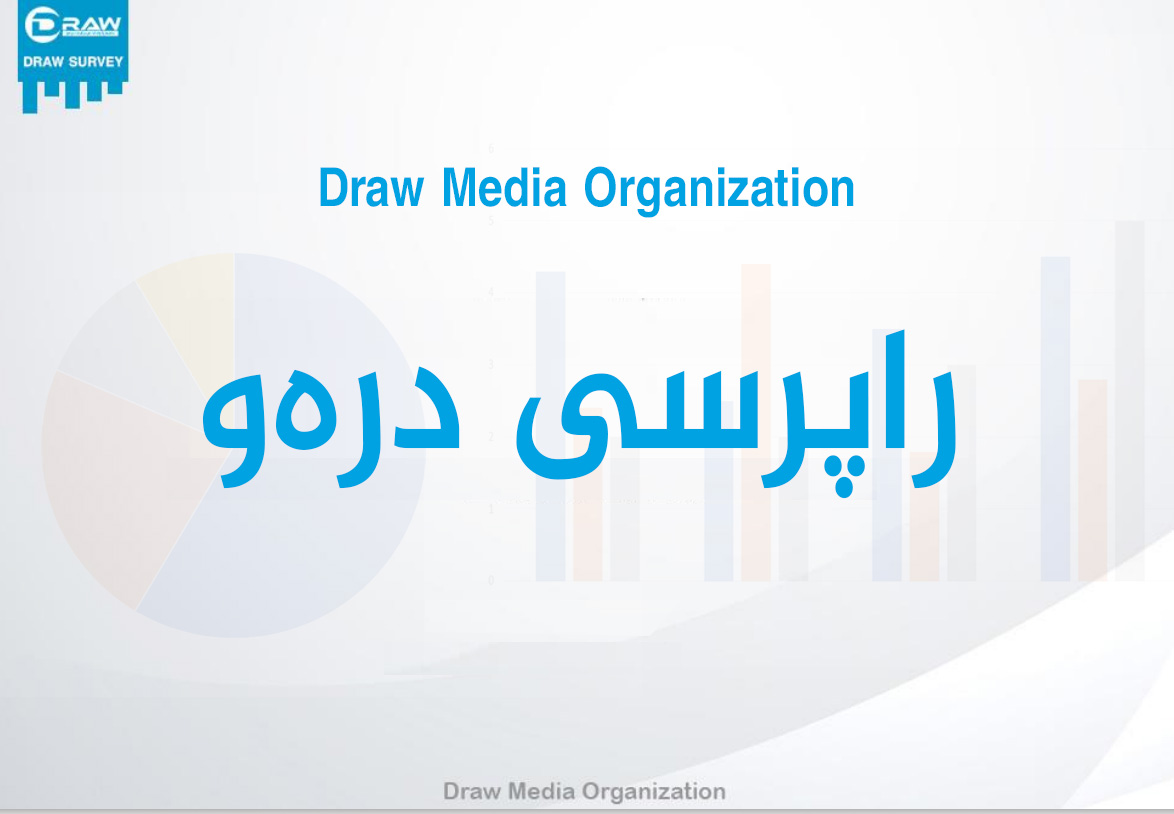
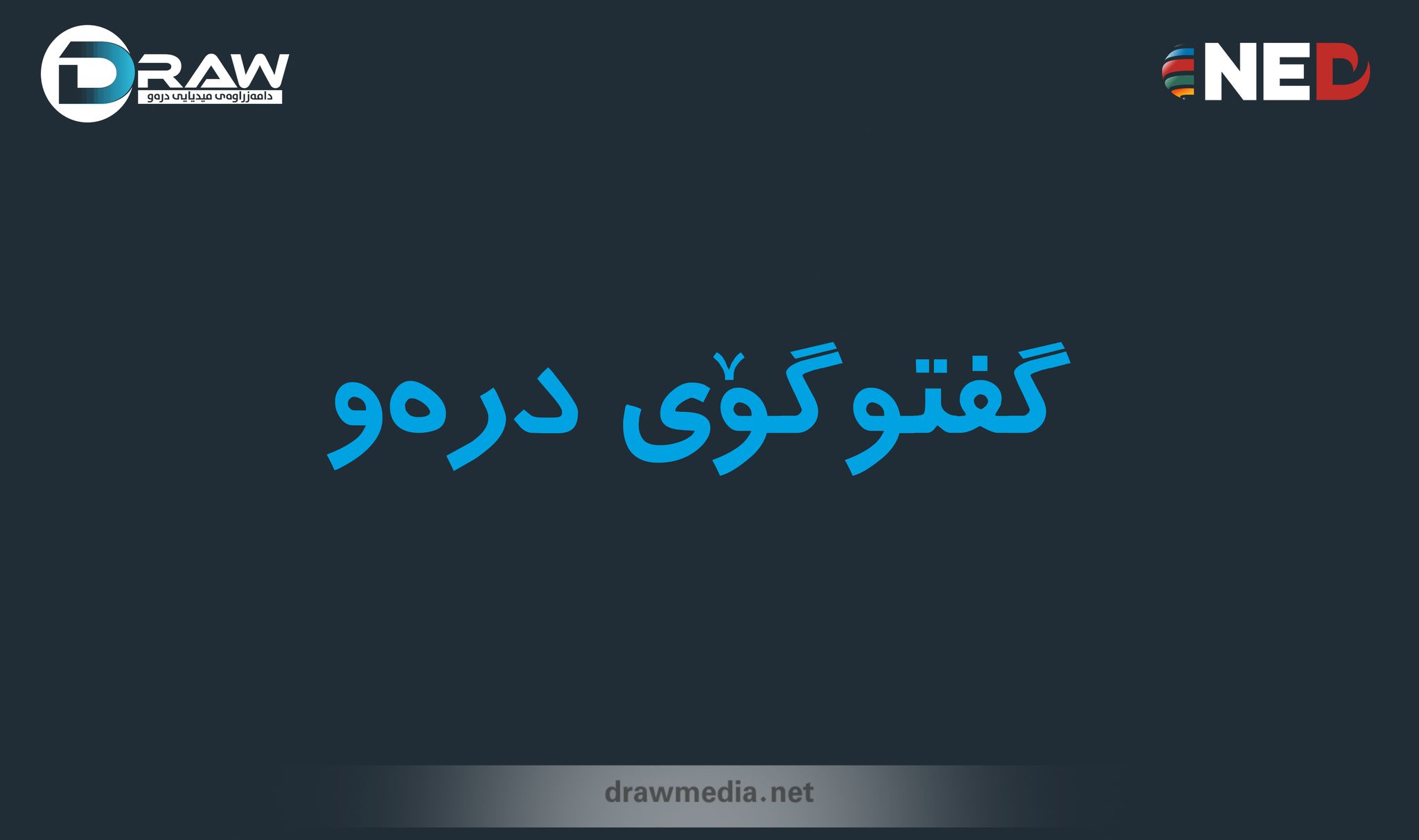
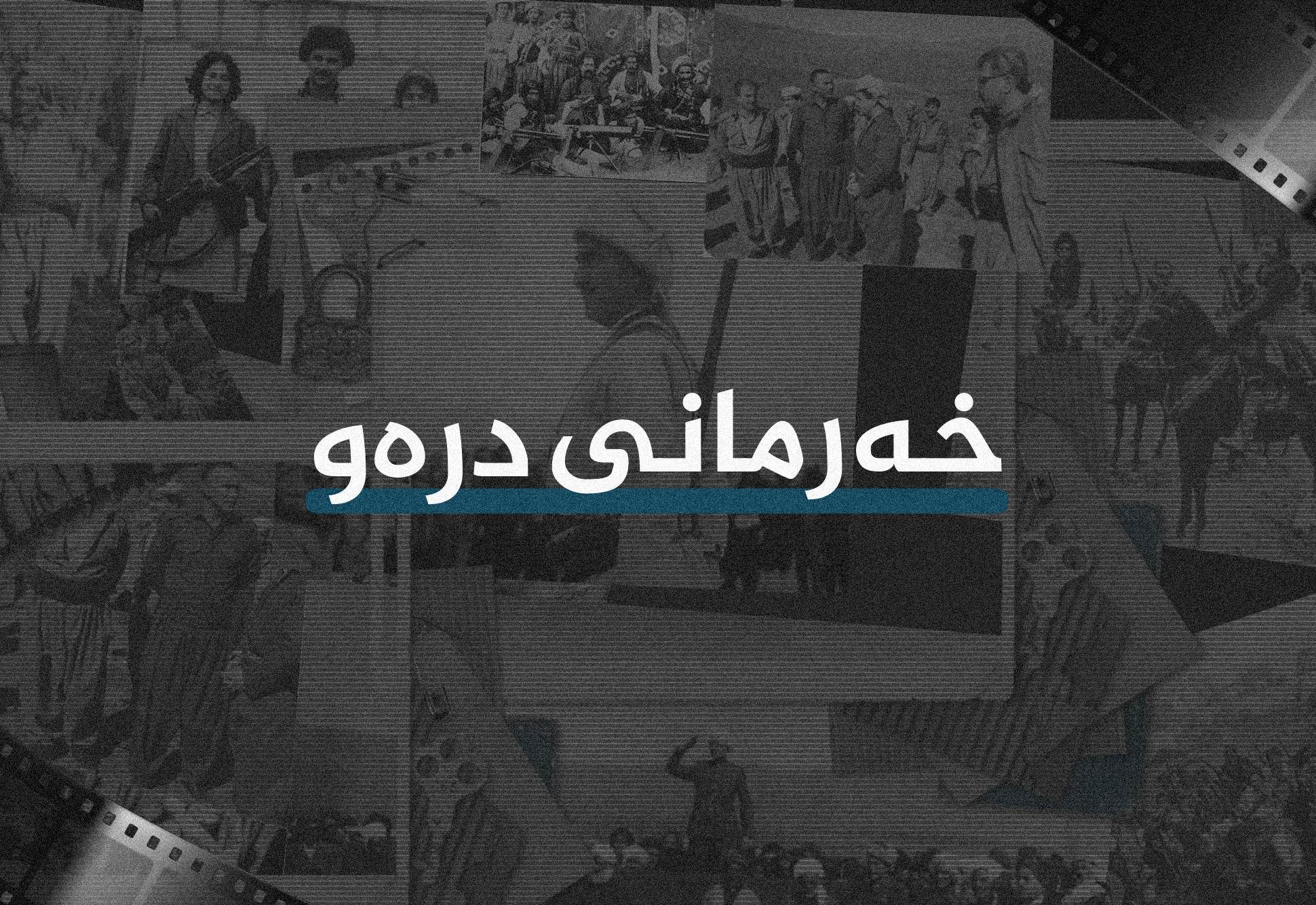
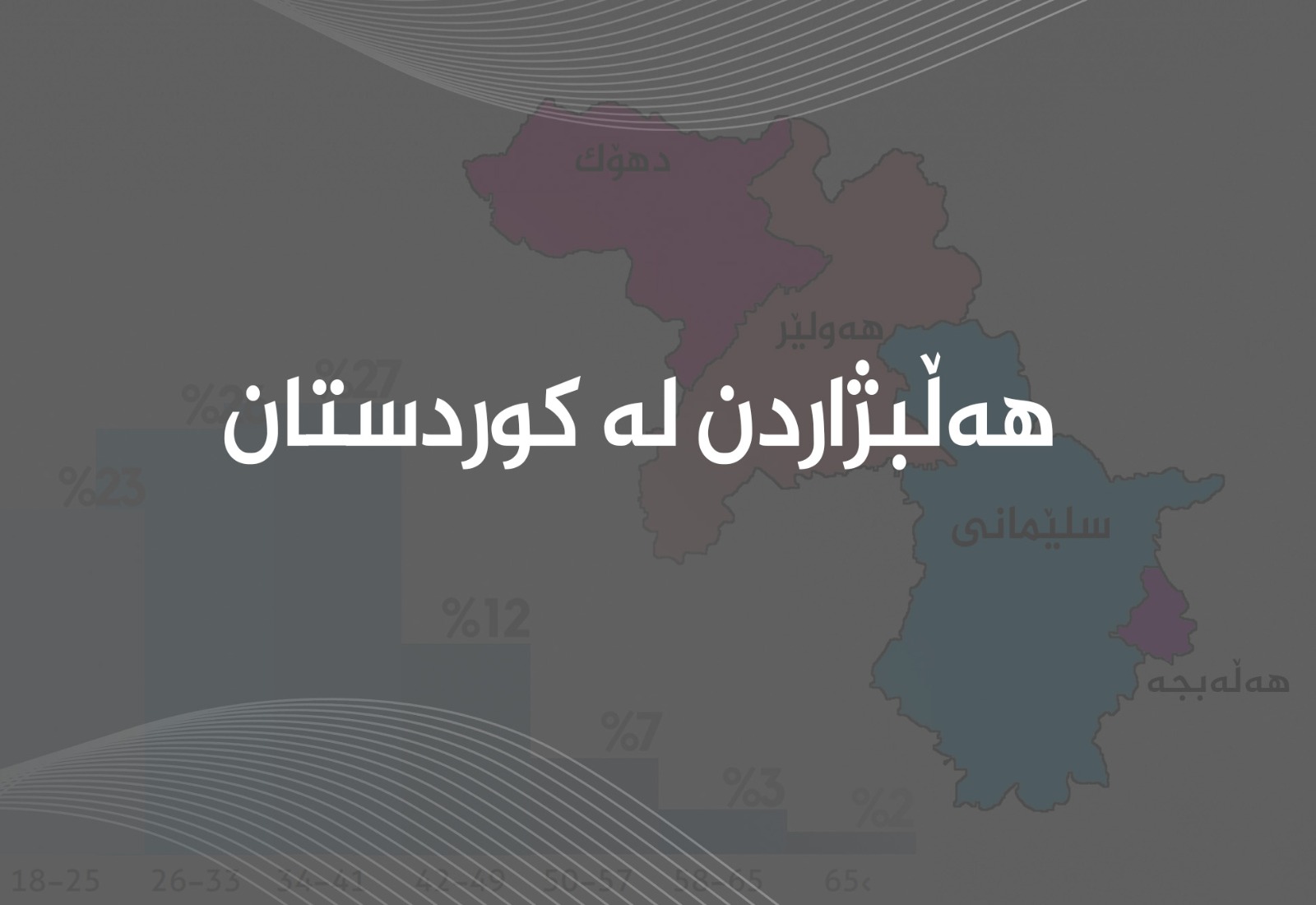

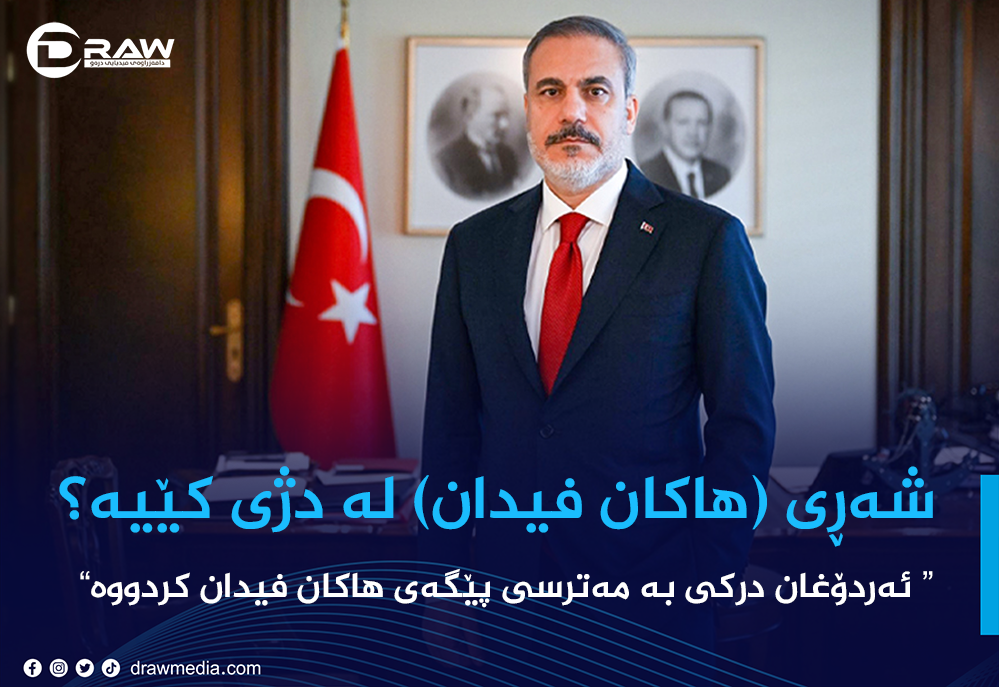
.png)

